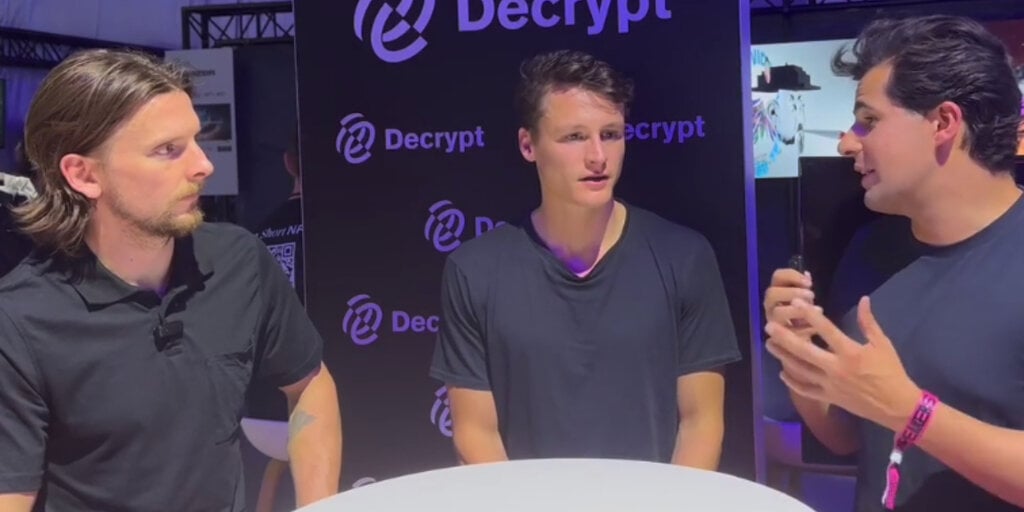Ethereum Merge goes live without hiccups, here are the next milestones for the blockchain

Mini
The much-anticipated Ethereum merger went off without incident last week. It was a momentous event when the blockchain switched from one way of running a blockchain, known as proof-of-work (PoW), to another, called proof-of-stake (PoS).
The much-anticipated Ethereum merger went off without incident last week. It was a momentous event when the blockchain switched from one way of running a blockchain, known as proof-of-work (PoW), to another, called proof-of-stake (PoS).
Although there have been several test runs before the mainnet merge, there was still a small chance that something could go wrong. This is especially so considering the scope and scale of the transition. Justin Drake, a researcher at the Ethereum Foundation even compared the transition to PoS to “replacing the engine from a running car.”
Fortunately, on September 15 at block 15,537,393, the Ethereum merge was completed without issue, and the blockchain now boasts 99 percent lower power consumption. However, this is not the end of the line when it comes to upgrades and updates for Ethereum.
There is much to come for the blockchain, with the bulk of user- and performance-oriented improvements yet to come. Follow along as we unpack some of these upcoming ETH milestones and explain what they mean for network users.
The Shanghai Update
This is perhaps the most anticipated event for all those who have staked ETH to earn a passive income. It will allow these individuals to unlock their tokens and withdraw the rewards earned since they started staking. Until the Shanghai update happens, these tokens and rewards will remain locked with the blockchain. The update is also expected to feature a queuing withdrawal system to prevent a mass exodus of participants.
The Shanghai update is predicted to go live in early 2023. In addition to unlocking ETH and rewards, it will also introduce several other improvements, including measures to lower the infamous gas fees on Ethereum.
Sharding
Ethereum’s move to proof-of-stake opens the door to a significant scaling update known as sharding. This is a multi-stage update that will improve the scalability and performance capacity of the blockchain.
In computer science terminology, sharding refers to the horizontal division of a database to spread the storage and processing load. In Ethereum’s case or any blockchain for that matter, it refers to the creation of sub-chains (shards) that will have their own nodes and processing power.
These subchains will process transactions independently and forward the information to the main chain. This separation and processing method will reduce the load on the blockchain. Ethereum developers will implement sharding in two phases to be completed between 2023 and 2024.
It is predicted to drastically improve throughput and reduce gas taxes. The official Ethereum blog post on sharding estimates that throughput will reach 100,000 transactions per second (TPS) after the update.
This is a towering improvement from the current 15-20 transactions per second that the network currently supports. This slow processing speed creates congestion and increases gas charges. Sharding will solve both of these problems, and significantly optimize the performance of the chain.
Reduce node data
Blockchains and their distributed ledger technology accumulate tons of data over time. Therefore, after implementing the Shanghai and Sharding updates, Ethereum will shift its focus to optimize data storage and clean historical network information.
To do this, Ethereum plans to introduce Verkle trees and stateless clients. These technical updates will allow participants to become validators without storing large amounts of data on their machines.
After implementing these updates, Ethereum also plans to eliminate its old network history. This will “simplify the Ethereum protocol” and reduce “the amount of space you need to have on your hard drive” as a node.
These updates were part of Vitalik Buterin’s talk at this year’s Ethereum Community Conference (ECC) in France. There are no firm timelines for these updates, but “it will easily take 2-3 years,” according to Sameep Singhania, co-founder of QuickSwap, a decentralized exchange built on the Polygon network.
Conclusion
According to Buterin’s talk at ECC, Ethereum was only 40 percent complete, with many more updates expected after the merge. Therefore, the move to proof-of-stake is only the foundation of these updates, and the best is yet to come.

























